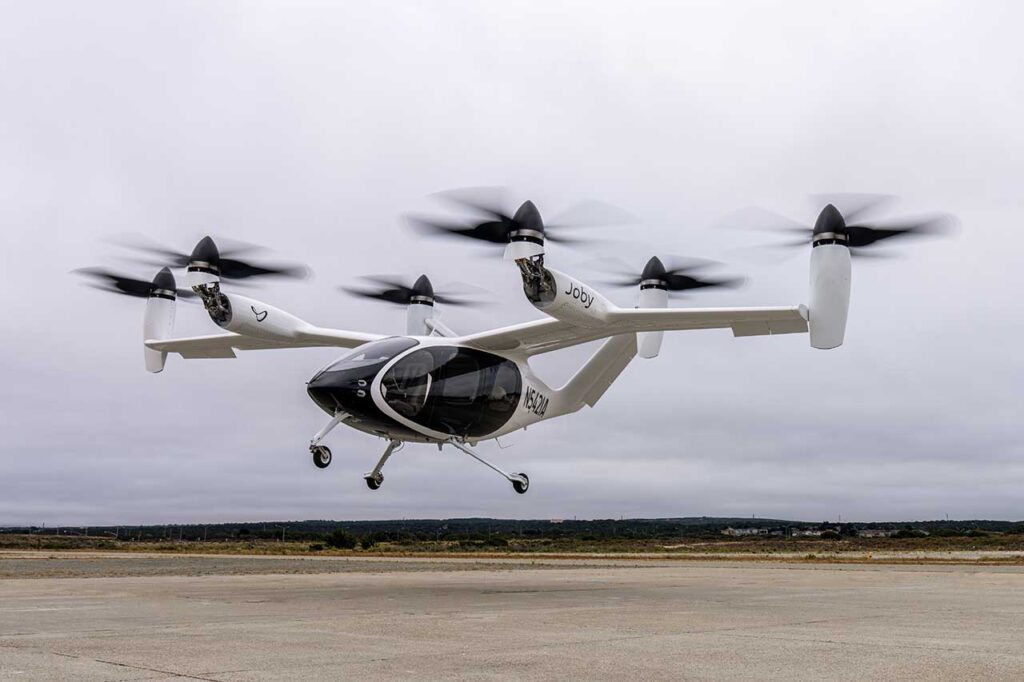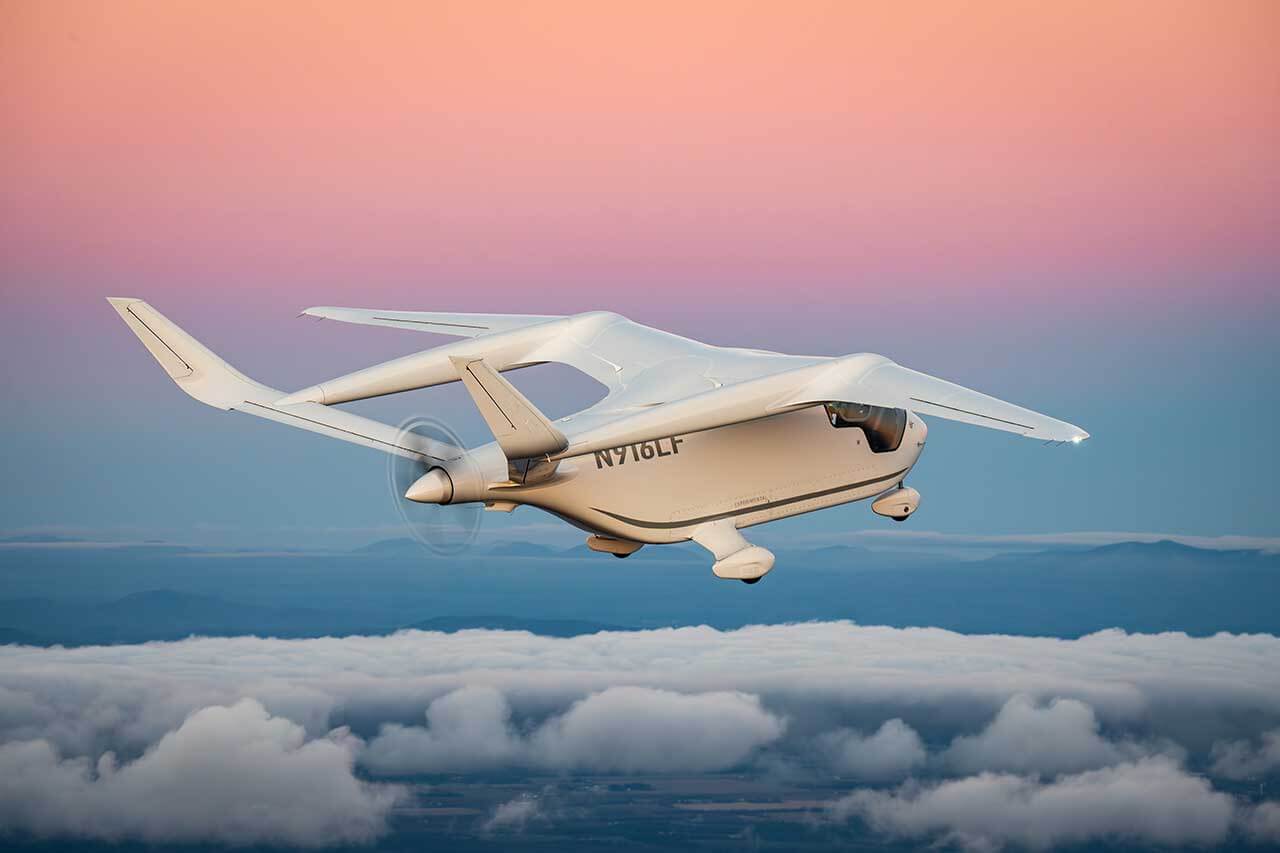By: Gary Vermaak, Advanced Air Mobility Institute
We have entered the era of Aviation 3.0. Electric aircraft (eAircraft) and Advanced Air Mobility (AAM) technologies have reshaped how we think about transportation, emergency response and humanitarian missions. From small uncrewed aircraft systems (sUAS) delivering life-saving medicines to remote villages, to electric air ambulances quietly navigating urban landscapes, the Electric Age of Aviation promises greener skies and unprecedented societal benefits. This article explores how eAircraft have already made a difference, the challenges that remain and what the future holds for AAM to create a more connected, sustainable world.

What is Aviation 3.0? Understanding the Electric Age and AAM
When discussing AAM or Aviation 3.0—the Third Age of Aviation—most envision passenger electric vertical takeoff and landing aircraft (eVTOLs) ferrying travelers between airports and city centre vertiports. However, AAM encompasses much more, from electric propulsion to increased automation, including simple vehicle operation (SVO) and autonomous flight.
Societal Value of Electric Aircraft: Beyond Transportation
Existing aircraft, both fixed-wing and helicopters, have long delivered immense value to society, particularly in emergency management services (EMS), first response, and humanitarian missions. Air ambulances, such as Australia’s Royal Flying Doctor Service and EMS operations from Patagonia to Alaska, have set the standard for life-saving missions. Today, eAircraft have joined these fleets.
Where Will eAircraft Make a Difference? Key Use Cases and Innovations
The arrival of eAircraft, with their ability to reach remote locations quickly and efficiently, has already begun to transform the delivery of critical supplies and services in both rural and urban settings. From sUAS bridging the last-mile gap in medical logistics to advanced electric air ambulances and cargo planes, these aircraft have not only enhanced access, but also improved reliability and sustainability in crisis response.
UAS: Medical and Humanitarian Logistics
Since the mid 2010s, companies like Kite (formerly Swoop), WingCopter and Zipline, have been using UAS to deliver medicines to rural clinics and hospitals as well as transport blood and other medical samples to laboratories in the cities in some of the most inhospitable terrains in Africa and the world.
sUAS and larger cargo uncrewed aircraft vehicles (UAVs) are a game changer for society, especially rural communities. By providing far faster and more cost-effective transportation—particularly where road vehicles can sometimes take a day to travel 100 miles in the rainy season—they have filled a critical gap. (See video of Zipline delivering medicines by drone in Ghana, West Africa here).
Urban Impact: Drones in City Healthcare Logistics
The value of UAS is not limited to urban areas. With increasing urban congestion, hospitals, laboratories, and companies now deploy sUAS drones for quick and effective transport across city centres. For example, the NHS, Guys and St Thomas Hospital in London have pioneered drone-based medical deliveries with Wing to significantly reduce delivery times and improve patient outcomes. sUAS are also being used for rapid transport of diagnostic samples and urgent medicines between healthcare facilities to ensure that critical treatments are not delayed by traffic or infrastructure challenges.
eVTOLs, eSTOLs, and eCTOLs: Expanding the Reach of eAviation
When it comes EMS, first response and humanitarian missions, eAircraft programs—like Jump Aero for first response, Robinson Helicopter United Therapeutics eHelicopter for transplant organ transport and ePlane for air ambulance use—lead the way in providing quieter, more efficient alternatives to the helicopters currently in service.
Humanitarian Missions: Versatility of eSTOL and eCTOL Aircraft
For humanitarian missions, besides eVTOLs, electric short take-off and landing (eSTOL) aircraft such as the Nuncats Zenith CH750 e-xSTOL and Electra.Aero EL9 and electric conventional take off and landing aircraft (eCTOL), like the Beta Technologies Alia CX300, offer significant payload capacities and the flexibility to land on roads or grass fields. These aircraft have demonstrated faster response times and greater efficiency compared to eVTOLs, which makes them invaluable for disaster relief and remote area access.

Overcoming Challenges: Funding, Technology, and Infrastructure
As AAM and eAviation move from concept to reality, the promise of cleaner, faster and more accessible air transport seems matched by a host of complex hurdles, from securing sustainable funding and advancing battery technology to building robust charging infrastructure and integrating new vehicles safely into existing airspace. Addressing these barriers will be essential to unlock the full potential of Aviation 3.0.
Funding: Bridging the Gap for Global Adoption
One of the primary challenges facing AAM is funding, particularly in developing countries where many health programs depend on foreign donors like the European Union (EU). While drones offer a faster, more cost-effective alternative to road transport, electric or combustion engine passenger aircraft come with high acquisition costs and require specialized skills for inspection, operation and maintenance. Affordability remains an issue in developing countries.
Battery and Fuel Cell Innovations: Powering the Next Generation of eAircraft
Battery and fuel cell technology both present challenges, in terms of battery energy and tank weight respectively, which industry continues working to address. Solid-state batteries and lithium-sulphur batteries offer higher energy densities to increase range, from sUAS drones to larger cargo UAVs and passenger eAircraft. Leaders in this field include QuantumScape and SolidPower. Meanwhile, companies such as Joby Aviation, H2Fly, Robinson, Unither and ZeroAvia have made significant progress in aviation fuel cell applications.
Ubiquitous eCharging Solutions: Solar and Mobile Infrastructure
To support widespread eAircraft adoption, charging infrastructure must be accessible everywhere. Solar-powered solutions are especially valuable during natural disasters, providing reliable energy when traditional grids are down. Truck or trailer-mounted eChargers and portable solar panel systems, like Hilber Solar’s (Austria) 600kw Solar Container system can quickly be set up and used to charge eAircraft. The Photovoltaic (PV) container—a shipping container modified to include solar panels, inverters, batteries, and other components to generate and store electricity—corresponds to the standardized dimensions of a 20-foot high-cube freight container. This solution enables cost-effective and standardized transport to all locations that can be reached by truck, rail and ship. The solar container is pre-assembled at the factory; the system is easy and quick to install and operational within a few hours.
Airspace Integration: Managing the Skies of Tomorrow
In many countries, including parts of the U.S., the safe incorporation of uncrewed aircraft into national airspace and antiquated and outdated air traffic control (ATC) systems presents yet another hurdle. New digital ATC systems, incorporating unmanned traffic management (UTM / USpace) will be required to facilitate the safe flights of vast numbers of sUAS drones, and uncrewed or crewed larger eAircraft. This holds especially true in cities, into and out of which frequent traffic already flows. Small urban areas, like city centres, which have their own micro climates, artificial wind channels and thermals caused by concentrations of large tall buildings, add to the challenge. Effective airspace integration will require robust collaboration between regulators, technology providers and urban planners to ensure safety and efficiency for all airspace users.
Unlocking the Full Potential of Electric Aviation for Society
While the electric age of aviation brings unprecedented opportunities, it also presents complex challenges—from battery advancements and infrastructure development to airspace management. Addressing these issues remains essential to enable the safe and efficient coexistence of drones, cargo aircraft, and passenger eAircraft in both rural and urban environments. As we invest in innovative solutions and collaborative frameworks, the vision of a connected, sustainable and resilient air mobility ecosystem is within reach. By embracing the promise of Aviation 3.0, society stands to gain not only cleaner skies but also faster, more equitable access to essential services which will transform lives and communities across the globe.*About the Author: Gary Vermaak’s career has spanned accounting, finance, logistics and supply chain as well as aerospace and aviation, and in particular Aviation 3.0 (the electric age of aviation), from an economic and financial perspective. Gary’s aerospace and aviation journey covers his national service in the South African Air Force and then the last ten years in promoting advanced air mobility and in particular drone logistics.
By: Gary Vermaak

